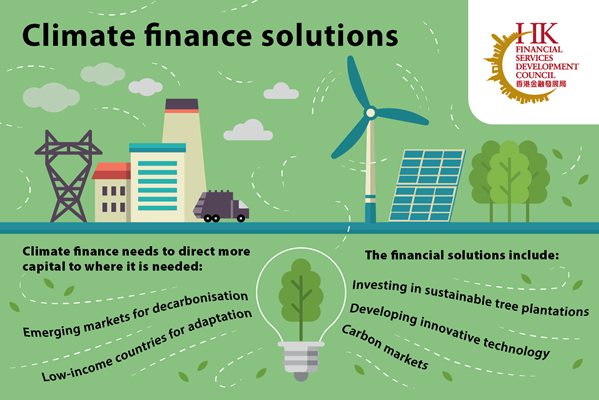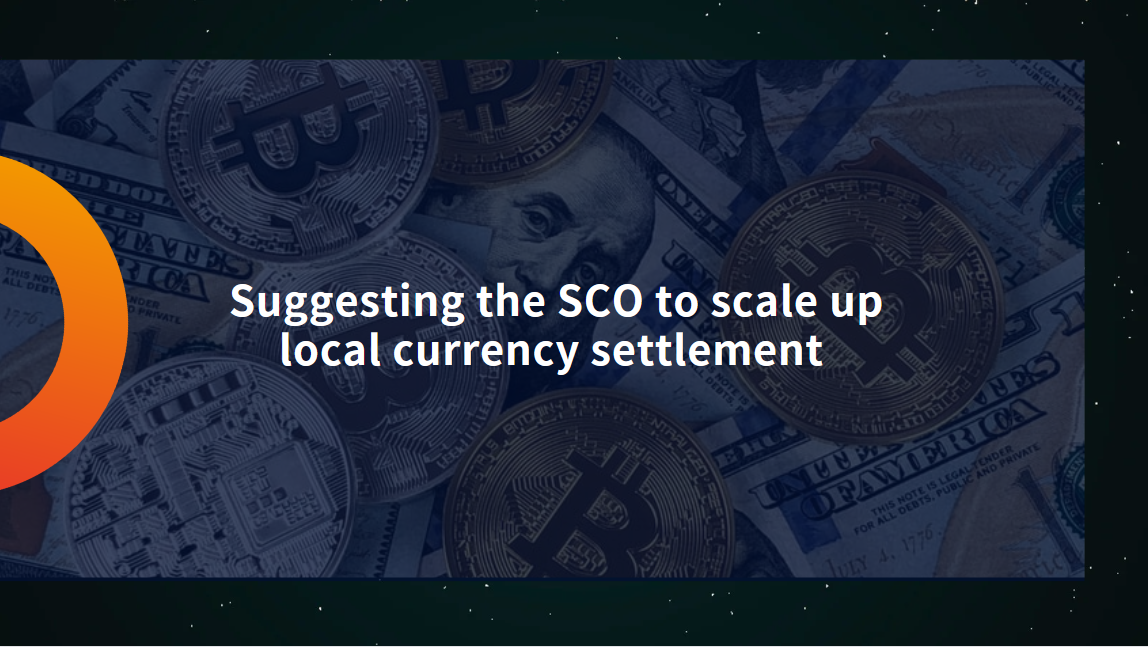Promising Climate Solutions
In recent years, impact investing has become a mainstream style for the allocation of capital, as more institutional investors realise that investment returns and positive social outcomes are not mutually exclusive.
As a result, large volumes of capital are being directed towards impact investments. The Global Impact Investing Network (GIIN) estimates that the global market has already crossed the USD 1 trillion mark for the first time, reaching USD 1.16 trillion.[1]
Impact investing works to address many of the world’s most serious challenges in both emerging and developed markets. These include conservation, microfinance, and affordable basic services – such as housing, healthcare and education.
But for many people thinking about how finance can make the world a better place, the threats posed by climate change are often front of mind.
"Climate finance is growing rapidly,” said Hester DeCasper, Regional Head of Operations, East Asia and Pacific, IFC. “But it is not growing rapidly enough. In the sense that we have a very limited timeframe to operate in, so that we can avoid the worst impact of climate change."
In addition to scale, she explained how capital needs to be directed to the markets where it is most needed. These include the emerging markets that need funding to decarbonise industries that generate large amounts of greenhouse gasses, as well as the low-income countries that will experience the worst climate impacts, which can be partially offset by investment in adaptation measures.
Ms. DeCasper spoke at the GIIN event "Navigating the Future of Impact Investing in Asia" which was organized in partnership with the Financial Services Development Council (FSDC). During the event, she participated in a panel discussion focusing on climate solutions.

Innovative market solutions
To address these challenges, the financial services sector is coming up with innovative solutions to meet the growing demand for sustainable investment products.
New Forests, for example, is the second largest forestry fund manager in the world, investing in sustainable tree plantations. It has around 1.1 million hectares of forest stock across Australia, North America, New Zealand, with emerging markets in Africa and Southeast Asia. In terms of climate finance, the company is well-established in compliance markets for carbon offsets and it is now looking more towards the rapidly growing voluntary markets.
Large pension funds, philanthropic organisations and sovereign wealth funds have been active in voluntary markets for some time, but the big change over the last few years is the growing participation of corporates, said Geoffrey Seeto, Head of Emerging Markets, New Forests.
“Corporates now invariably have net zero targets and they are driving a lot of funding into this space to help them achieve net zero,” he said.
Climate finance can also be helped by new technology. In India, diversified conglomerate the Caravel Group, is working with government entities and other stakeholders to source technology globally and commercialise it locally. Not only will this process be cheaper in India than in other markets, the participation of a wide range of stakeholders means that international investors will be convinced to invest in an emerging market like India, which they might otherwise overlook.
“The program will source and develop these technologies from, with the successful start-ups will become a portfolio company with an established venture capital fund, which will then create further growth funded by Indian and international venture funds.
“If a problem exists in India, it also exists somewhere in the rest of the world,” said Guneet Banga, Executive Director at Caravel Group. “So solving a problem in the world’s most populous country and then licensing solutions will allow other developing countries to deploy new technology quickly, effectively, and sustainably.”
Internationalising China’s carbon markets
As the world’s manufacturing superpower, China has a large industrial base to decarbonise. The country has targeted to peak carbon emissions by 2030 and reach net-zero emissions by 2060 – ambitious goals that will require enormous amounts of investment in the coming decades. To help realise these targets China has already made significant progress by establishing several voluntary carbon markets.
It has, for example, the China Beijing Green Exchange, which is positioning itself to serve greenhouse gas emitters that have carbon neutrality targets, but are not covered by Mainland China’s compliance markets. There is also the Shanghai Environment and Energy Exchange, which specialises in climate change mitigation and adaptation services. More recently HKEX launched Core Climate – a new marketplace that connects capital with climate-related products and opportunities.
The upshot of having multiple carbon markets within the same country is differences in standards and operational procedures, and China is looking to standardise the different ways of doing things, said Daniel Fung, Vice Chairman, FSDC.
“If China wants to interface its carbon markets with the most mature carbon markets, which is that of the European Union, the solution is to do it out of Hong Kong, standardise it, and make it global,” he said, highlighting the importance of the city’s regulatory transparency, legal system, and independent judiciary.
Overcoming challenges
Although the challenges related to climate change are daunting, the panel discussion showed that different areas of the financial sector are working hard to create effective solutions. Carbon markets, investing in forests, and developing technology, will all be part of the climate finance arsenal, and taken together will make a meaningful contribution to the journey towards the net zero transition.






















































First, please LoginComment After ~